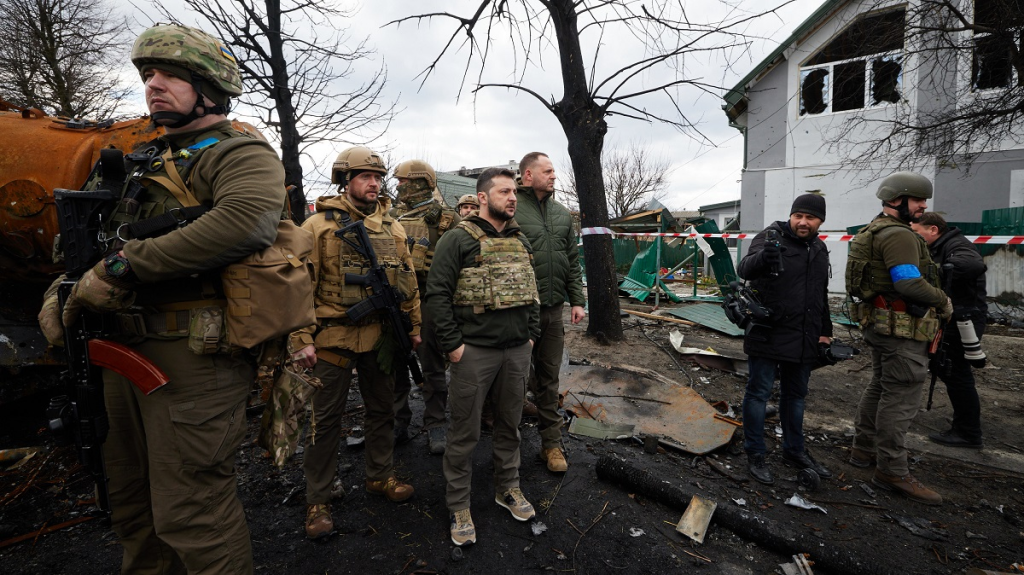
Was it just another train explosion? Not on your life. The recent Ukrainian Special Operations Forces’ strike at a Russian fuel train in occupied Crimea was more than a dramatic burst of flash in the night it was a calculated blow to one of the key arteries of Moscow’s southern war effort. The attack, one of a series of intensifying precision strikes, demonstrated Kyiv’s growing ability to disrupt Russian supply lines well behind the lines.
During the past week, it has become possible to connect this operation with a set of selective attacks on Russian supply lines, from the Zaporizhzhia region to the Crimean Peninsula. They are not isolated events they represent an ongoing campaign aimed at undermining the Kremlin’s capacity to deliver fuel, ammunition, and forces to the battlefield. What follows are seven observations that uncover how this strike fits into Ukraine’s broader operational strategy and the changing dynamics of the war.
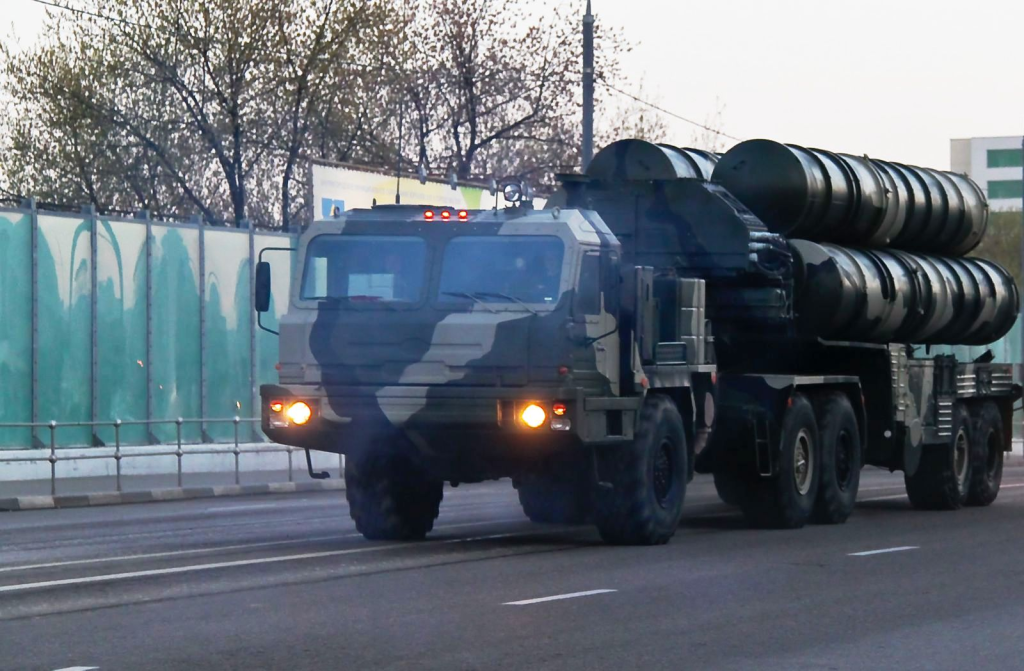
1. A Strike at Dzhankoy with Strategic Ripples
Ukrainian Special Operations Forces struck a Russian train loaded with fuel and lubricants early on August 21 at the Dzhankoy railway station in northern Crimea. The location wasn’t chosen at random Dzhankoy is a key transit point between Russia and its forces in southern Ukraine and is the location of a military airport. The operation “complicated the provision of the southern group of Russian troops,” the SSO says. Smoke rising from the area was visible in footage uploaded by the Crimean Wind Telegram channel, providing visual proof for the official narrative.
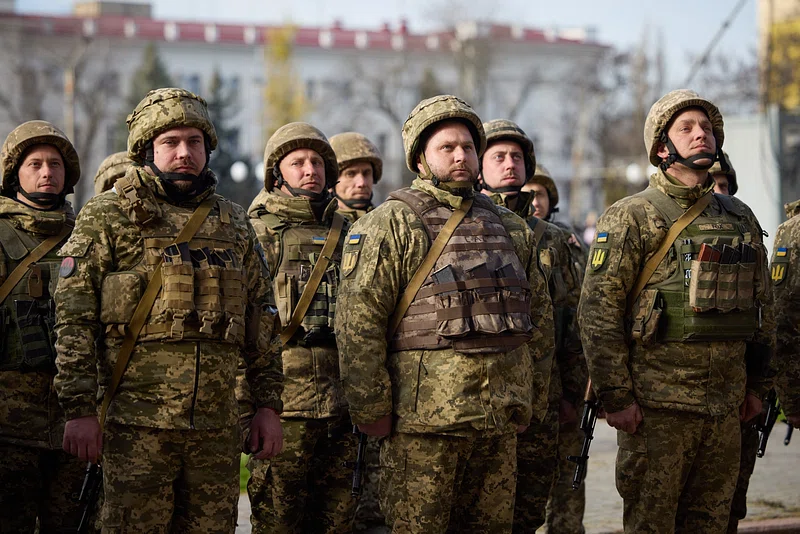
This was not the first strike to hit Dzhankoy. A 2024 Ukrainian attack on it incapacitated a Russian S-400 missile system. Through the targeting of rolling stock transporting fuel, Kyiv’s forces attempted to choke the logistical supply that supplied Russian troops entrenched on the southern front.
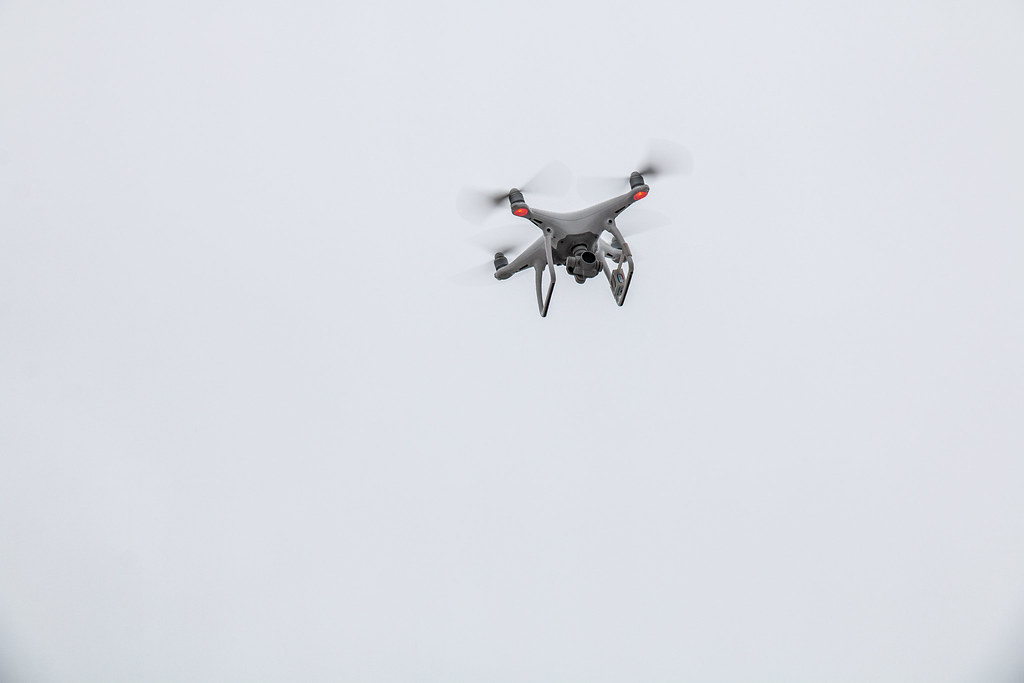
2. As Part of a Larger Logistics Disruption Campaign
The Dzhankoy strike was part of a larger operational grid. Two days earlier, Ukrainian drones destroyed a Russian logistics train between Urozhayne and Tokmak in occupied Zaporizhzhia, incinerating nine fuel cars in a blaze seen from orbit. Activist Petro Andriushchenko, who posted initial images of that strike, stated the train was derailed before being finished.
These attacks are particularly crippling in places where the railroad network is constricted. The Zaporizhzhia track is single-track, and its loss forces Russian supply planners to divert traffic to road convoys or the vulnerable Kerch Bridge both slower and more vulnerable to attack.
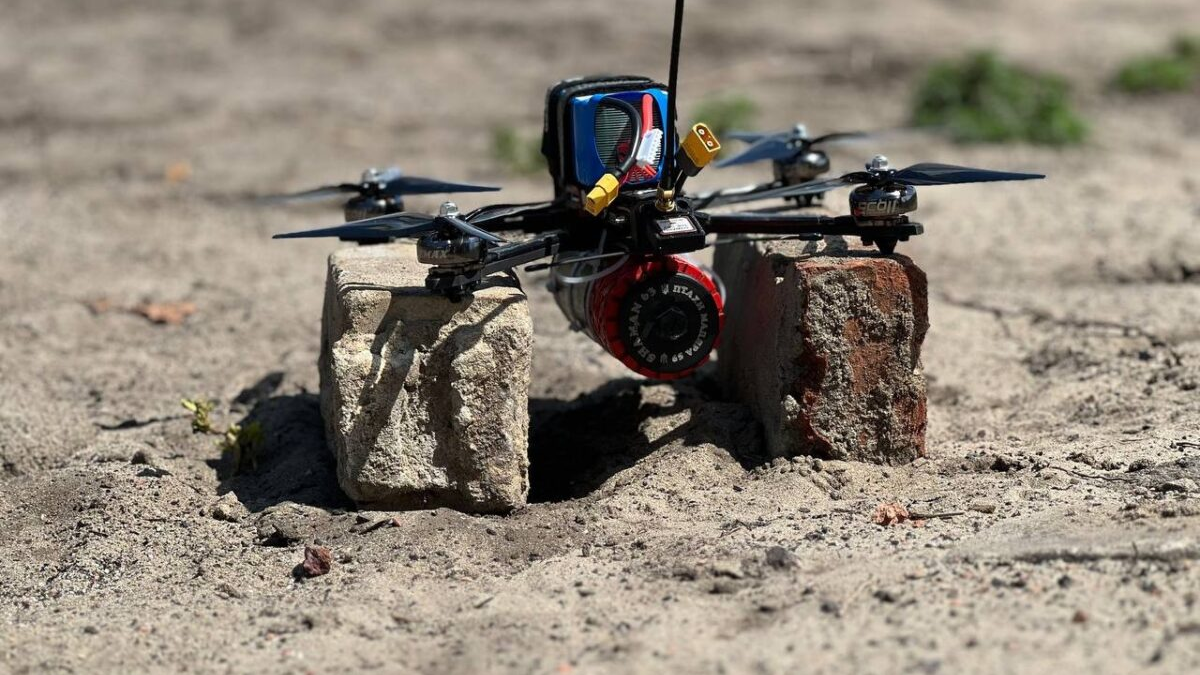
3. Drone Warfare at the Core
Video evidence of the 65th Mechanized Brigade showed a number of FPV drones targeting a moving train, stopping it and allowing follow-on attacks. This tactic mirrors initiatives in other Ukrainian operations, where drones are used to stop targets so a killing blow may be struck.
As per Russia-Ukraine War Report Card, drones have become the centerpiece of interdiction operations, bringing precision at relatively low cost. Both the use of strike footage in public communications and the use of social media to claim responsibility for strikes also serve an information warfare purpose, supporting the impression of Ukrainian reach and capability.
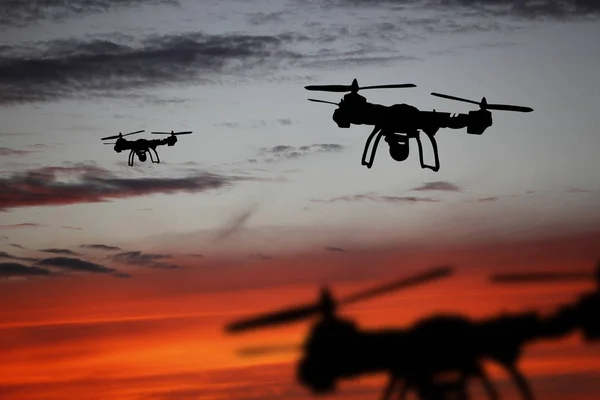
4. Proximity to the Frontline Matters
United24 stated that the train stoppage in Zaporizhzhia occurred about 30 kilometers from the front line comfortably within the range for modern strike drones. It is that close that drone operators can control drones with very little delay, improving precision and avoiding signal loss.
It also identifies a strategic sweet spot: far enough away from the front to access rich logistics nodes, yet close enough for the intimacy of real-time piloting. Those distances are increasingly contested regions, and each side launches over reconnaissance and attack drones to cut supply lines before materiel can get into the trenches.
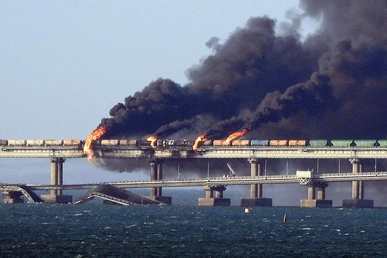
5. Effect Maximization through Infrastructure Chokepoints
Railway bottlenecks amplify the impact of one blow. Most lines in Crimea and southern Ukraine are single-track lines leading directly to occupied regions. Closing down one stretch can bring traffic to a standstill for days. Defense Express wrote that whereas track restoration could be done in one day, the devastation of fuel tankers makes clean-up and restoration more difficult, lengthening the disruption.
The coercive use of secondary routes frequently longer and more exposed not only slows resupply but also stretches Russia’s transport capacity. As United24 noted, this tends to place more traffic on the Kerch Bridge, in turn a high-priority target for Ukrainian planners.
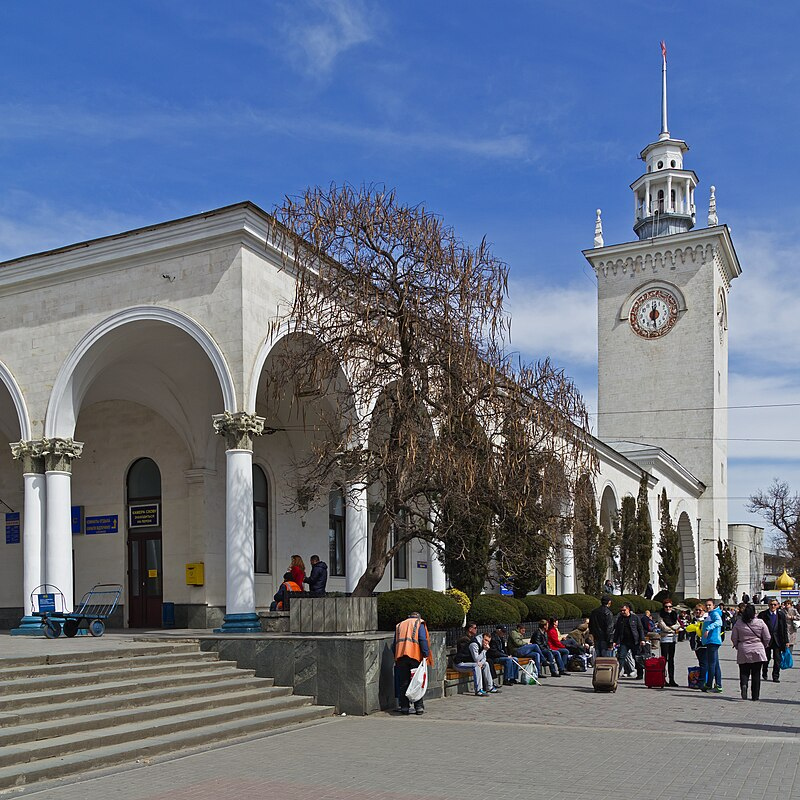
6. A Pattern of Multi-Target Operations
The August 21 Dzhankoy strike was simultaneous with other reported attacks within Crimea, including against railway targets in Krasnohvardiiske and a possible oil depot in Dzhankoy. This suggests an effort to hit multiple nodes within the same logistical network in a short period of time.
Ukraine’s Special Forces said, “We are still destroying Russian logistics in occupied Crimea.” That simultaneity counts, flooding repair crews and making it increasingly difficult for the enemy to reroute.
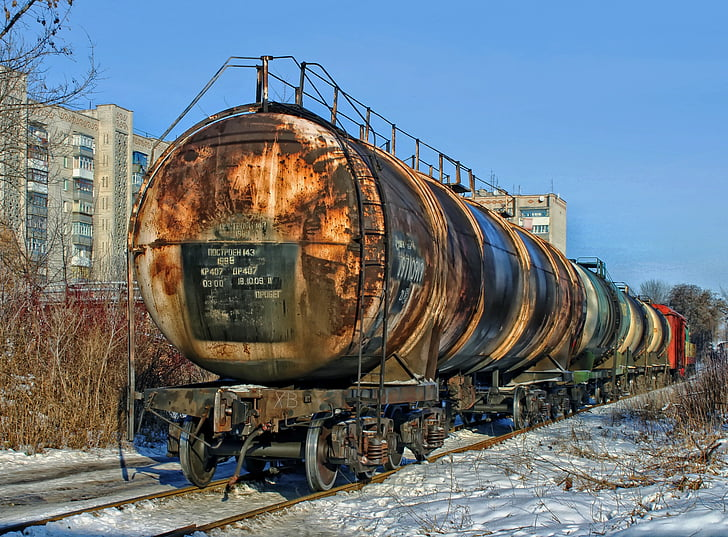
7. Strategic Importance Beyond the Blast
While the short-term price is counted in burned fuel trains and warped track, the strategic benefit is in cutting Russia’s pace of operations. Every lost delivery of ammunition or fuel can retard offensives, limit artillery fire, or require diversion of precious transport assets.
In the case of the Russian summer campaign and its own drone operations to sever Ukrainian ground lines of communication, these strikes are part of a back-and-forth competition to determine which side can best keep its troops on the front lines. As Russian oil refineries and rail targets become increasingly mounting Ukrainian targets, they also contribute to broader economic and logistical restraints on the Kremlin’s war effort.
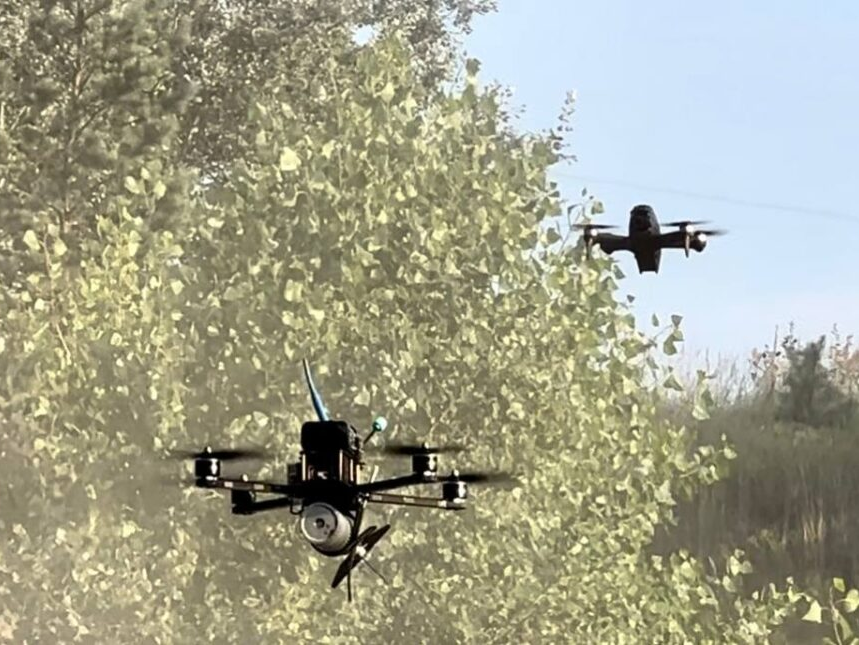
The Dzhankoy train derailment was not an isolated act of sabotage but a strategic action in a campaign against Russian supply chains. By combining precision drone strikes, chokepoint strikes, and multi-target strikes coordinated in time, Ukraine is demonstrating an ability to impose costs much higher than the local area around an explosion. In a war where supply lines are as important as front-line positions, such measures may be as tactically useful as any land victory.


